Flexible MXene/HEC composite membrane for energy storage and electromagnetic shielding
QQ Academic Group: 1092348845
Detailed
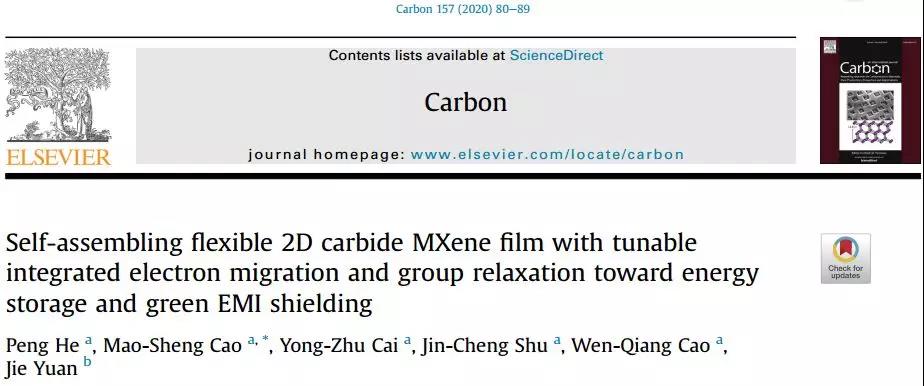
[Background introduction]
The outstanding physical and chemical properties of two-dimensional materials have been extensively studied in different applications. Compared to graphene and other two-dimensional materials, emerging MXenes materials have natural hydrophilicity, natural defects, chemically active surfaces, and ultra-high conductivity. These excellent properties make MXenes the most potential replacement for many applications, especially in the field of energy storage and electromagnetic shielding. For example, the layered Ti3C2Tx film has electrochemical properties and electromagnetic shielding properties of contact, yet its low yield. And the oxidative defects have greatly restricted its commercial development.
[Introduction]
Recently, Professor Cao Maosheng from the Beijing University of Science and Technology published a paper entitled "Self-assembling flexible 2D carbide MXene film with tunable integrated electron migration and group relaxation toward energy storage and green EMI shielding" in Carbon, the top academic journal of carbon materials. The article reports a green flexible multilayer Ti3C2Tx/hydroxyethyl cellulose composite membrane prepared by self-assembly assisted suction filtration. The hydroxyethyl cellulose and the multi-layered Ti3C2Tx form a structure of internal interconnection by the action of a chemical bond, and thus the composite film has good cycle stability as an electrode material of an energy storage device. Electron transfer and surface functional groups also play an important role in the process of charge and discharge. In addition, the composite film also exhibits excellent electromagnetic shielding performance, especially through dielectric loss analysis, which shows that electromagnetic waves mainly dissipate the form of thermal energy generated by electron transfer. The multi-layer stacking effect shows that as the degree of stacking increases, the green electromagnetic shielding performance based on absorption becomes more and more obvious.
[Graphic introduction]

Figure 1 Schematic diagram of the preparation of multilayer and less Ti3C2Tx; Ti3AlC2, Ti3C2TxSEM image.

Fig. 2 Morphological characterization and XRD pattern of the preparation process of Ti3C2Tx/HEC composite film.
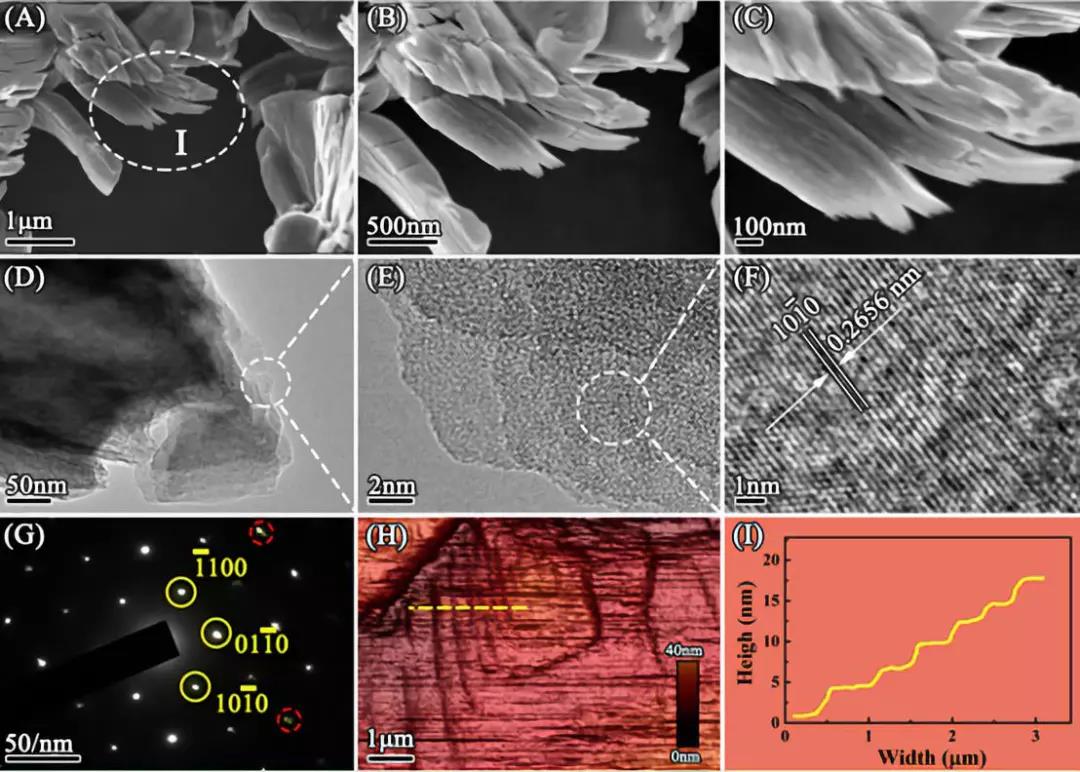
Figure 3. Micromorphology and atomic force microscopy images of multilayer Ti3C2Tx.
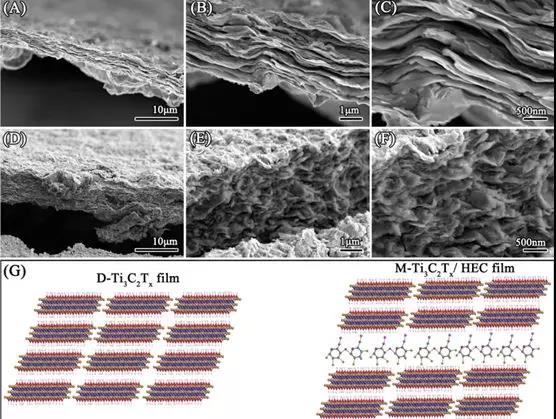
Figure 4 SEM image and molecular model of the cross-section Ti3C2Tx, Ti3C2Tx, Ti3C2Tx/HEC films.
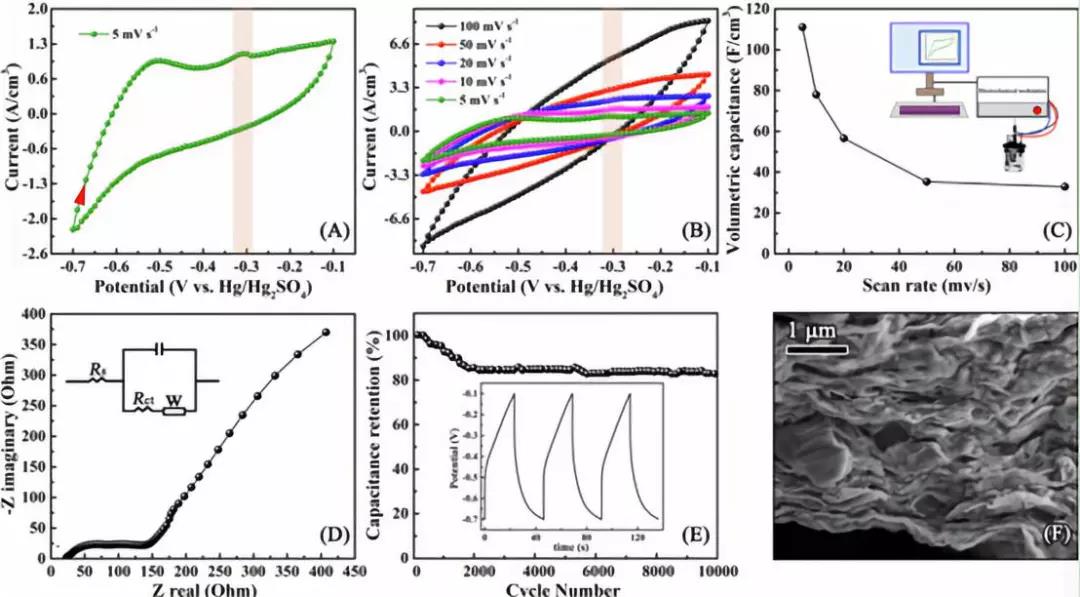
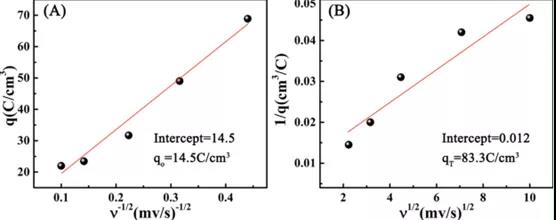
Figure 5 shows the relationship between the electrochemical performance of Ti3C2Tx/HEC composite membrane and the relative capacity of sweeping speed.
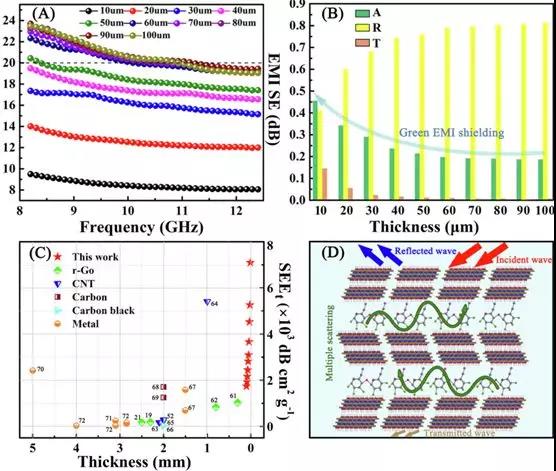
Figure 6 Effect of different thickness of Ti3C2Tx/HEC composite film on electromagnetic shielding performance.
[Summary of this article]
The composite membrane formed by the chemical bond interaction between two-dimensional Ti3C2Tx and hydroxyethyl cellulose has good energy storage performance and electromagnetic shielding performance. Using the Trasatti analysis method, it is proved that the Ti3C2Tx/HEC composite film electrode can still have satisfactory performance at a lower scanning rate. At the same time, the composite film also has good electromagnetic shielding performance, and as the thickness of the composite film increases, the electromagnetic shielding performance is further improved. In addition, the composite film combines ultra-thin thickness with high electromagnetic shielding efficiency, which is superior to conventional metals and superior carbon materials. Work provides new ideas for accelerating the rapid development of MXene-based energy storage and electromagnetic shielding materials.
Literature link:
Https://doi.org/10.1016/j.carbon.2019.10.009
Source: WeChat public account MXene Frontier
- Previous: High performance MQW p
- Next: 1


 About us
About us